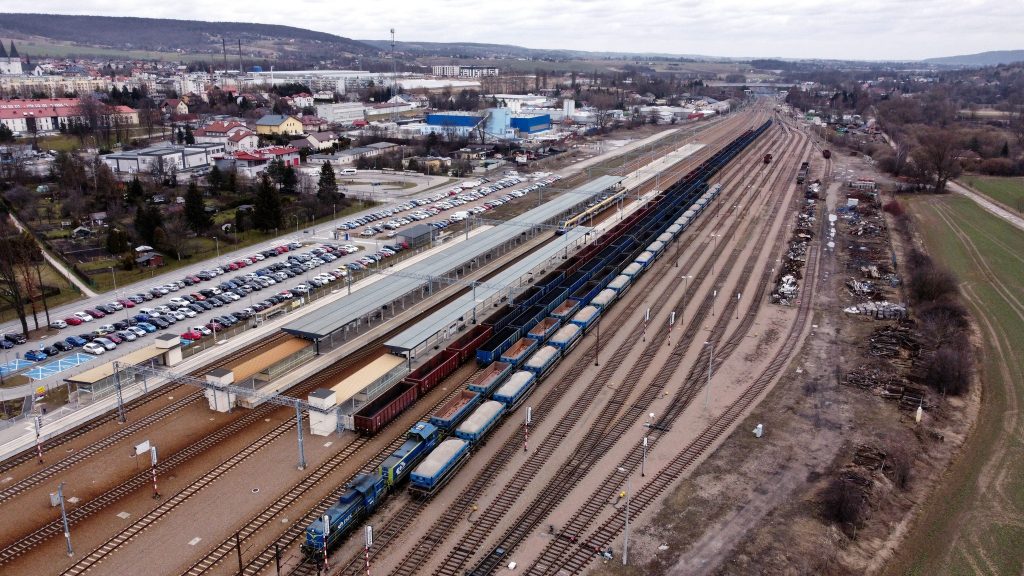 The European Commission has unveiled its proposals to boost EU rail freight transport and make freight sector more efficient and more sustainable by improving rail infrastructure management, offering stronger incentives for low-emission lorries, and better information on freight transport greenhouse gas emissions.
The European Commission has unveiled its proposals to boost EU rail freight transport and make freight sector more efficient and more sustainable by improving rail infrastructure management, offering stronger incentives for low-emission lorries, and better information on freight transport greenhouse gas emissions.
The aim is to increase efficiency within the sector, helping it to contribute to the target of cutting transport emissions by 90% by 2050, as set out in the European Green Deal, while allowing the EU single market to continue growing.
The proposed Regulation will optimise the use of rail infrastructure use, improve cross-border coordination, increase punctuality and reliability, and ultimately attract more freight companies to rail.
The current rules on capacity management are decided annually, nationally and manually and has a negative impact on cross-border traffic – around 50% of EU rail freight volumes cross borders – producing delays. This, in turn, hinders the functioning of the Single Market. Delays due to congestion caused by uncoordinated maintenance work are also common.
The proposal for a regulation on the use of railway infrastructure capacity in the single European railway area builds on the industry-led Timetable Redesign Project. The aim is to better respond to the different needs of the rail sector: stable timetables and early booking of tickets for passenger services, and flexible train runs adapted to just-in-time supply chains for freight shippers.
Boosting EU rail freight transport, passengers will also benefit from additional rail services as the capacity of the network will be better used, impacting positively the cross-border services by enabling more frequent connections and earlier ticket booking, among others.
The proposal also includes new incentives for using low-emission lorries as it aims to reduce emissions and to promote vehicles using zero-emission technologies. The current Weights and Dimensions Directive sets the maximum weight length, width and height for heavy-duty vehicles. Once the technology develops and zero-emission propulsion systems become lighter, thanks also to the use of aerodynamic devices and cabs, cleaner vehicles will benefit from additional loading payload in comparison to conventional lorries.
The Commission is also proposing the CountEmissionsEU, a common methodological approach for companies to calculate their greenhouse gas emissions if they choose to publish this information, or if they are asked to share it for contractual reasons. The proposed methodology is based on the recently adopted ISO/CEN standard for the quantification and reporting of greenhouse gas emissions arising from the operation of transport chains of passengers and freight. Reliable data on door-to-door emissions will enable operators to benchmark their services and allow consumers to make informed choices on transport and delivery options.
The European freight sector is responsible for over 30% of transport CO2 emissions. And as the EU economy grows, emissions are likely to rise unless decarbonisation measures are put in place: freight transport is expected to grow by around 25% by 2030, and 50% by 2050.
Share on:



